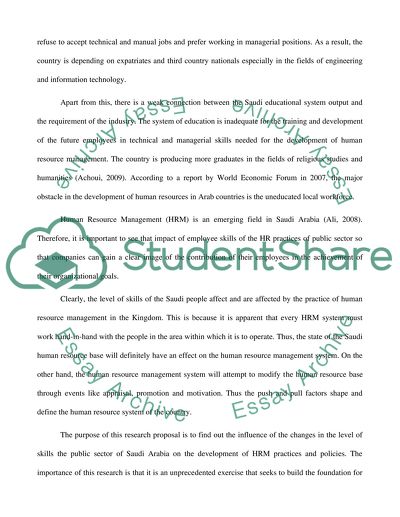Cite this document
(“The level of skills in contributing to the development of Human Dissertation”, n.d.)
Retrieved from https://studentshare.org/systems-science/1427219-the-level-of-skills-in-contributing-to-the
Retrieved from https://studentshare.org/systems-science/1427219-the-level-of-skills-in-contributing-to-the
(The Level of Skills in Contributing to the Development of Human Dissertation)
https://studentshare.org/systems-science/1427219-the-level-of-skills-in-contributing-to-the.
https://studentshare.org/systems-science/1427219-the-level-of-skills-in-contributing-to-the.
“The Level of Skills in Contributing to the Development of Human Dissertation”, n.d. https://studentshare.org/systems-science/1427219-the-level-of-skills-in-contributing-to-the.


